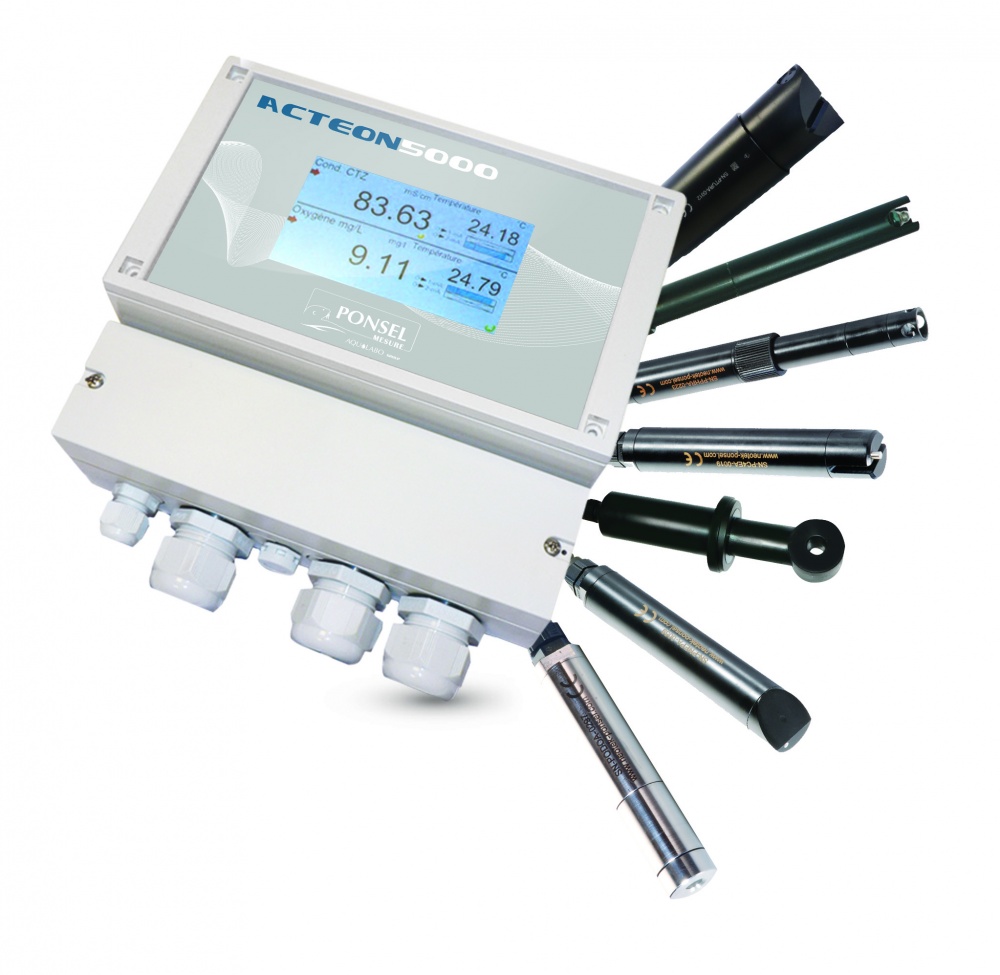IOT devices for Water and Wastewater treatment
Wastewater treatment is a crucial process for maintaining a clean and healthy environment. The effective treatment of wastewater helps to reduce pollutants and prevent the spread of diseases. One of the important aspects of wastewater treatment is the measurement of pH and conductivity. In this article, we will discuss why these measurements are important and why IoT devices are excellent for measuring pH and conductivity in wastewater treatment.
Importance of pH Measurement
The pH level of wastewater indicates its acidity or alkalinity. This information is important in determining the most appropriate treatment process for wastewater. For example, wastewater with a high pH level may require neutralization before further treatment. In contrast, wastewater with a low pH level may require the addition of alkaline substances to bring the pH to an acceptable level. In addition to determining the most appropriate treatment process, monitoring the pH level of wastewater during treatment can also help to monitor the effectiveness of treatments such as chemical addition and biological processes. The pH level should be monitored regularly to ensure that the treatment process works as intended and that the effluent meets the required standards.
Importance of Conductivity Measurement
Conductivity measurement provides information on the total ionic content of the wastewater. This information is an indicator of its salinity and helps determine the types of pollutants in the wastewater. This information is useful in choosing the most appropriate treatment process for wastewater. For example, if the conductivity measurement indicates a high salt content, the wastewater may require desalination before further treatment. On the other hand, if the conductivity measurement indicates a low salt content, the wastewater may only require basic treatment such as physical filtration.

Importance of Turbidity Measurement
Turbidity is a measure of the cloudiness of water caused by the presence of suspended particles. In wastewater treatment, turbidity measurement is important in monitoring the effectiveness of physical filtration processes and the overall clarity of the effluent. Turbidity measurement can also indicate the presence of pathogenic microorganisms in the wastewater, which can pose a health risk if not properly treated. High turbidity levels in the effluent may indicate that additional treatment is required to meet discharge standards.
Importance of Oxygen and ORP Measurement
Oxygen is an essential component in the biological treatment of wastewater, as it is required for the growth of microorganisms that break down pollutants. Monitoring the oxygen levels in wastewater treatment can help to ensure that the biological treatment process is working effectively. Oxygen Reduction Potential (ORP) is a measure of the ability of a wastewater sample to reduce oxygen. ORP measurement can be used to monitor the progress of the biological treatment process and to determine the presence of oxygen-consuming substances such as organic matter and nitrogen compounds. By monitoring oxygen levels and ORP in wastewater treatment, treatment plants can ensure that the biological treatment process is working effectively and that the effluent meets the required standards.
Why IoT Devices are Excellent for Measuring pH, Conductivity, Oxygen(ORP), and Turbidity
IoT devices are excellent for measuring pH and conductivity in wastewater treatment for several reasons. Firstly, IoT devices provide real-time monitoring and data collection, allowing for the immediate detection of any changes in the wastewater. This helps to ensure that the treatment process is working as intended and that the effluent meets the required standards. IoT devices also allow for remote monitoring and control, eliminating the need for manual monitoring and reducing the risk of human error. This is especially useful for large wastewater treatment plants where monitoring multiple points can be a challenging task. IoT devices provide reliable and accurate data, allowing for data analysis and prediction. This information can be used to optimize the treatment process, reduce manual errors and costs, and facilitate remote troubleshooting and maintenance. In conclusion, pH and conductivity measurements are crucial for optimizing the processes in wastewater treatment plants and ensuring the quality of treated effluent. The use of IoT devices in these measurements provides numerous advantages, including real-time monitoring, remote control, accurate data, and data analysis and prediction. By using IoT devices for pH and conductivity measurements, wastewater treatment plants can ensure efficient and effective operation, reducing the risk of human error and maintaining a clean and healthy environment.
Conclusion
In addition to pH and conductivity, monitoring pH, Conductivity, turbidity, oxygen, and ORP are important aspects of wastewater treatment. These measurements provide valuable information on the effectiveness of treatment processes and the quality of the effluent. The use of IoT devices in these measurements provides numerous advantages and helps in the efficient and effective operation of the wastewater treatment process. In conclusion, the measurement of pH, conductivity, turbidity, oxygen, and ORP play a crucial role in ensuring the quality of the treated effluent and maintaining a clean and healthy environment. By using IoT devices for these measurements, wastewater treatment plants can ensure efficient and effective operation, reducing the risk of human error and maintaining a clean and healthy environment.






